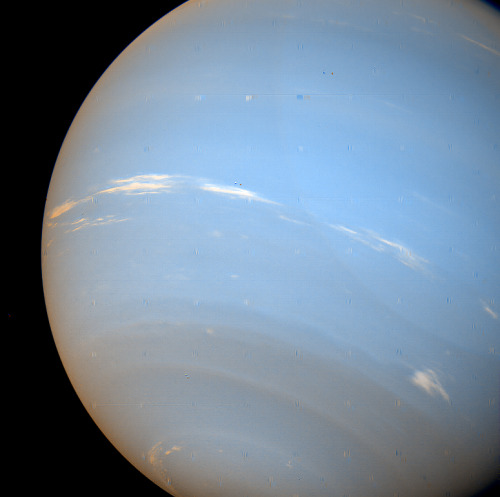This Is Pluto As Never Seen Before In Human History.
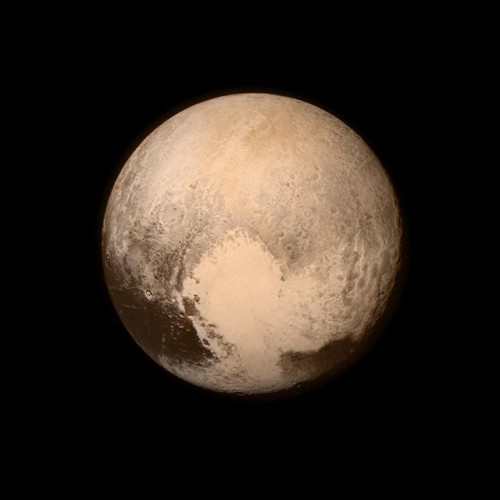
This is Pluto as never seen before in human history.
More Posts from Xnzda and Others
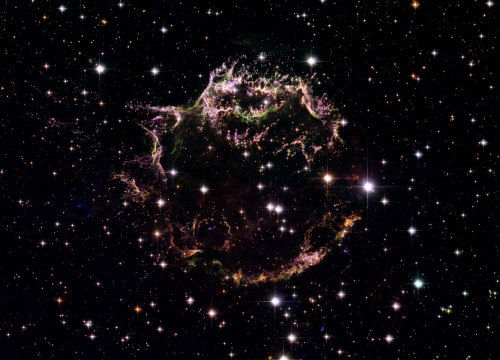
Remains of supernova explosion Cassiopeia A most recent supernova in Milky Way

This is one of the largest and most prolific star-forming regions near our Milky Way. Located about 160,000 light years away in the neighboring Large Magellanic Cloud galaxy, the Tarantula nebula is sculpted by searing radiation and strong winds that comes from the massive stars at its center. If fact, it is estimated that at least 40 of these huge stars have gone supernova within the last 10,000 years including the most recent one, SN 1987a. (Composite Image from Multiple Data Sources. Hubble Space Telescope, ESO, Amateur Data. Image Assembly and Processing : Robert Gendler and Roberto Colombari)
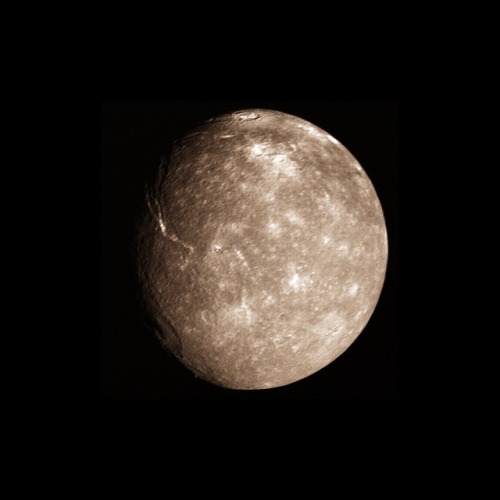

Two moons of Uranus: Titania and Oberon. Both moons were discovered by William Herschel in 1787.
Credit: NASA/JPL
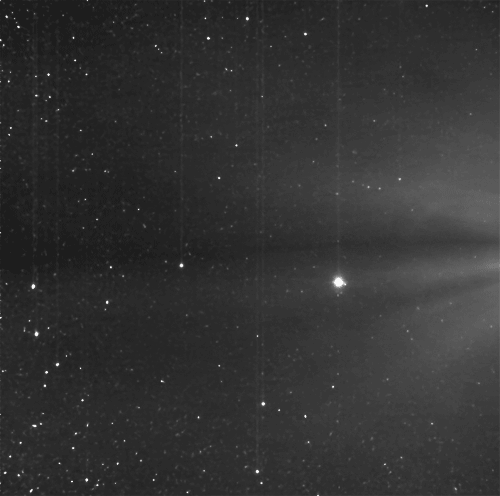
stars, mercury, and solar corona, photographed by stereo a, january 2009.
27 frames, photographed over 36 hours, 2nd-3rd january. the sun is out of frame right.
image credit: nasa/stereo. animation: ageofdestruction.

DAT MILKY WAY
-
 vampiresdark liked this · 1 week ago
vampiresdark liked this · 1 week ago -
 verminhost liked this · 1 week ago
verminhost liked this · 1 week ago -
 1ime-st reblogged this · 1 week ago
1ime-st reblogged this · 1 week ago -
 1ime-st liked this · 1 week ago
1ime-st liked this · 1 week ago -
 havuren liked this · 1 week ago
havuren liked this · 1 week ago -
 eforest liked this · 1 week ago
eforest liked this · 1 week ago -
 yanike reblogged this · 1 week ago
yanike reblogged this · 1 week ago -
 kudzoi reblogged this · 1 week ago
kudzoi reblogged this · 1 week ago -
 severalmagnetism liked this · 2 weeks ago
severalmagnetism liked this · 2 weeks ago -
 renarougerages liked this · 2 weeks ago
renarougerages liked this · 2 weeks ago -
 darkly-delicately liked this · 2 weeks ago
darkly-delicately liked this · 2 weeks ago -
 macsoul liked this · 3 weeks ago
macsoul liked this · 3 weeks ago -
 nooran13jm liked this · 3 weeks ago
nooran13jm liked this · 3 weeks ago -
 oopsycheese reblogged this · 4 weeks ago
oopsycheese reblogged this · 4 weeks ago -
 glorioustheoristenthusiast liked this · 1 month ago
glorioustheoristenthusiast liked this · 1 month ago -
 rosarioperalta reblogged this · 1 month ago
rosarioperalta reblogged this · 1 month ago -
 redroseleaf reblogged this · 1 month ago
redroseleaf reblogged this · 1 month ago -
 midayydreamss liked this · 1 month ago
midayydreamss liked this · 1 month ago -
 rosefleur liked this · 1 month ago
rosefleur liked this · 1 month ago -
 gabrielemarija reblogged this · 1 month ago
gabrielemarija reblogged this · 1 month ago -
 literatture reblogged this · 1 month ago
literatture reblogged this · 1 month ago -
 frick-frack-cute reblogged this · 1 month ago
frick-frack-cute reblogged this · 1 month ago -
 frick-frack-cute liked this · 1 month ago
frick-frack-cute liked this · 1 month ago -
 mywindowtears liked this · 1 month ago
mywindowtears liked this · 1 month ago -
 talkingtothemoonn liked this · 2 months ago
talkingtothemoonn liked this · 2 months ago -
 herdairy liked this · 2 months ago
herdairy liked this · 2 months ago -
 duriyaan liked this · 2 months ago
duriyaan liked this · 2 months ago -
 sonorusss reblogged this · 2 months ago
sonorusss reblogged this · 2 months ago -
 freezing-moons reblogged this · 2 months ago
freezing-moons reblogged this · 2 months ago -
 babars-orbit reblogged this · 2 months ago
babars-orbit reblogged this · 2 months ago -
 eclipseofrationality reblogged this · 2 months ago
eclipseofrationality reblogged this · 2 months ago -
 eclipseofrationality liked this · 2 months ago
eclipseofrationality liked this · 2 months ago -
 omgherbalicious liked this · 3 months ago
omgherbalicious liked this · 3 months ago -
 venomousdior liked this · 3 months ago
venomousdior liked this · 3 months ago -
 aninsignificantbliponyourradar reblogged this · 3 months ago
aninsignificantbliponyourradar reblogged this · 3 months ago -
 aninsignificantbliponyourradar liked this · 3 months ago
aninsignificantbliponyourradar liked this · 3 months ago -
 hightideblues11 liked this · 3 months ago
hightideblues11 liked this · 3 months ago -
 hightideblues11 reblogged this · 3 months ago
hightideblues11 reblogged this · 3 months ago -
 lucifer777 reblogged this · 3 months ago
lucifer777 reblogged this · 3 months ago -
 whenthewavehits reblogged this · 3 months ago
whenthewavehits reblogged this · 3 months ago -
 viranlar liked this · 3 months ago
viranlar liked this · 3 months ago -
 earthychihiro reblogged this · 3 months ago
earthychihiro reblogged this · 3 months ago -
 earthychihiro liked this · 3 months ago
earthychihiro liked this · 3 months ago



